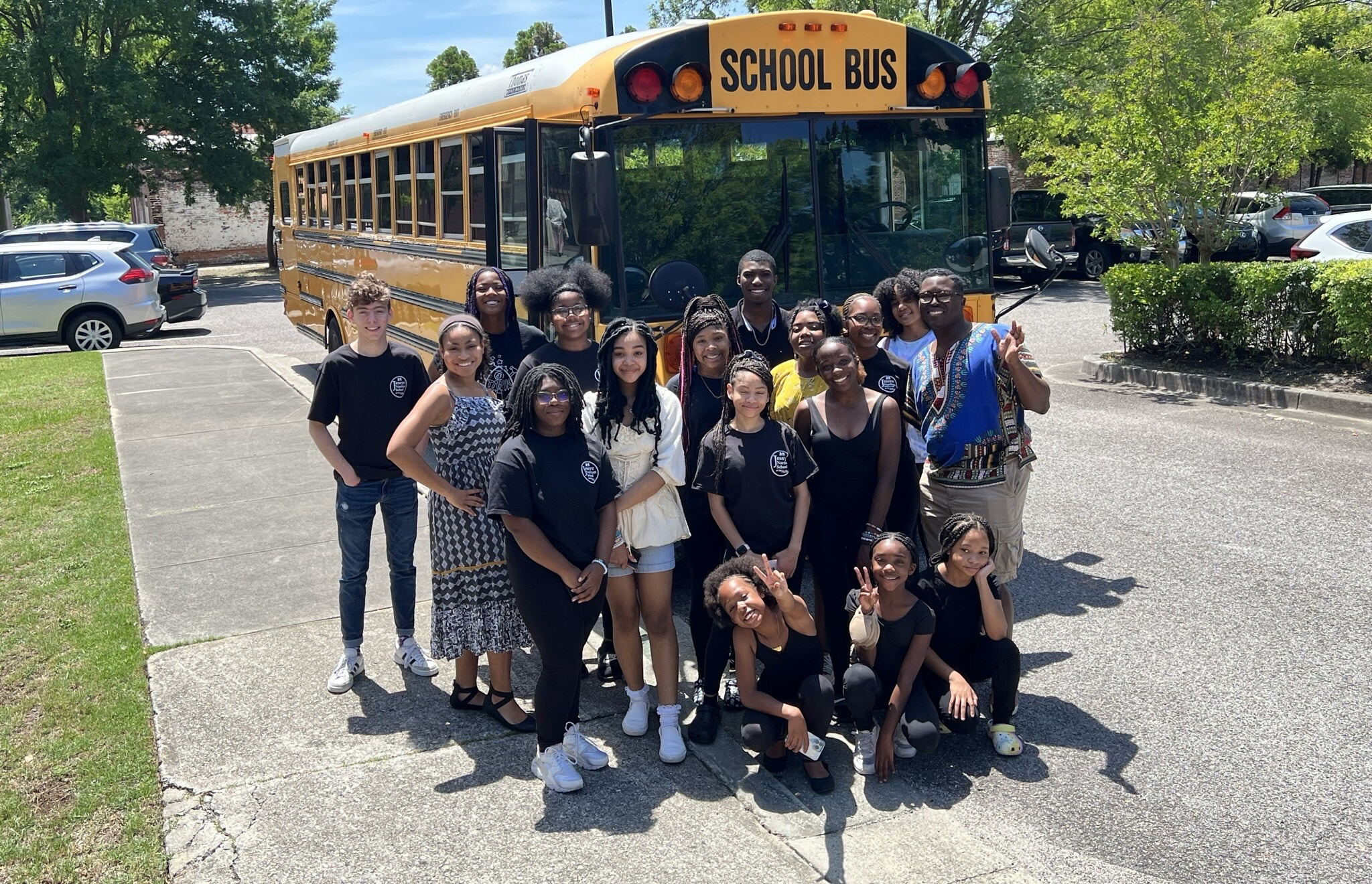Near the end of March, the school bus that had for seven years dutifully transported kids back home in the evening from Jessye Norman School of The Arts, a tuition-free afterschool program in Augusta, Georgia, broke down.
The 20-year-old white school bus had been donated to the organization in 2015, but now, with a busted transmission, it would cost $7,000 to repair, even though it was only worth, at best, $4,000.
Over the next two months, staff scrambled to make arrangements for the 25 kids who needed rides home, many of whom lived in low-income households, and some as far as 20 miles away.
“Staff would take some kids home in their personally-owned vehicles,” said Gary Dennis, the organization’s executive director. When arrangements couldn’t be made, “we lost the students,” he said.
The majority of federal and state grants that afterschool programs have depended upon for decades typically cannot be spent on transportation, despite the fact that transportation is a massive barrier to equitable afterschool access, program officers say.
But those caveats were removed from $122 billion in pandemic relief for students and schools, freeing organizations in Georgia and elsewhere to spend them on previously unmet needs.
“It was a woo-hoo moment,” Dennis recalled upon learning his program could buy a new bus using the American Rescue Plan’s Elementary and Secondary School Emergency Relief (ESSER) III funding.
In May, the program used $20,000 to purchase a used 34-passenger yellow school bus from Indianapolis Public Schools. Dennis said they have applied for another grant to repair the old bus and turn it into a traveling “art mobile.”
After a tumultuous past couple of pandemic years, afterschool organizations are benefitting from new funding opportunities and nationwide initiatives, like the National Partnership for Student Success and Engage Every Student, which aim to increase student capacity, program quality and efforts to hire and retain staff.
Related Stories
• Afterschool programs mobilize in wake of mass shootings
• SEL pandemic pushes afterschool programs to add social emotional learning
• Pandemic pushes afterschool programs to add social-emotional learning
“We haven’t had an investment in this space to this scale before to really allow all these programs to do things that they’ve long had ideas for,” said Katie Landes, director of Georgia Statewide Afterschool Network. The influx of funding has allowed afterschool programs in Georgia to expand, serving 50% more children than last year, she added.
Not only are afterschool organizations using grants for buses and vans, but also they are hiring teachers to improve the quality of programming, and social workers to help with social-emotional support.
Nationwide, pandemic funding has led to many improvements, but only 20% of programs report receiving COVID funds, according to the Afterschool Alliance. And even with the additional support, staffing shortages continue to limit programs’ ability to meet surging demand, said the alliance’s executive director, Jodi Grant.
“We’re seeing demand the highest it’s ever been for parents wanting their kids to be in afterschool programs,” said Grant.
In addition to increased demand from parents, policy changes are driving expansion in some places. California, the most populous state in the country, is in the midst of implementing the nation’s first universal afterschool initiative.
Randy Barth, CEO of Think Together, a California-based afterschool provider, said his organization is experimenting with innovative hiring strategies to try and keep up with the expansion backed by nearly $5 billion in state funds.
Think Together currently serves about 200,000 kids, but in the coming years, Barth believes that number could multiply to over a million.
The nonprofit has already grown from 3,000 employees last year to 4,000 now, with 1,000 open positions. To keep up with demand, Barth built what he says is essentially a $5 million, 50-person talent acquisition team that is successfully onboarding 500 people a month (they lose 100 to 200 staff, mostly college students, each month).
Barth said he is hoping to see a cohesive, statewide hiring effort.
“If you told me a year ago we’d be able to hire 500-600 people a month, I’d be happy,” Barth said. “But compared to the mountain we have to climb, it’s still daunting.”
***
Brian Rinker is a San Francisco-based freelance writer and journalist. He covers public health, child welfare, digital health, startups and venture capital. His work has been published by Kaiser Health News, Health Affairs, The Atlantic, Men’s Health and San Francisco Business Times. Brian received master’s degrees in journalism and public health from UC Berkeley.






























